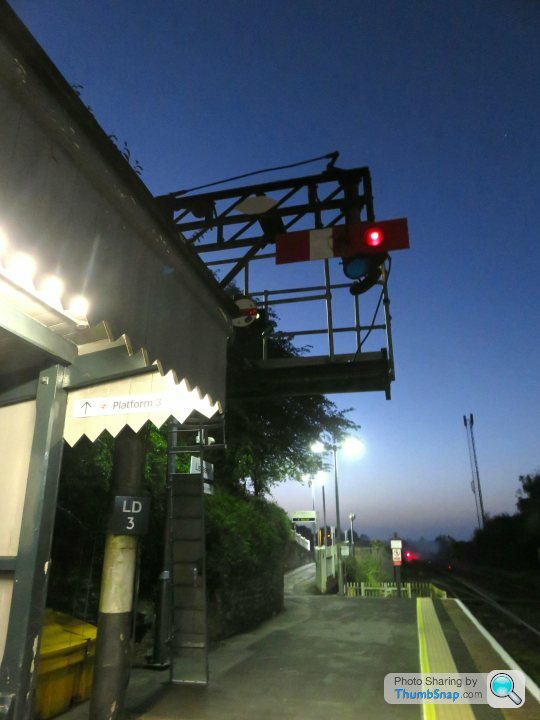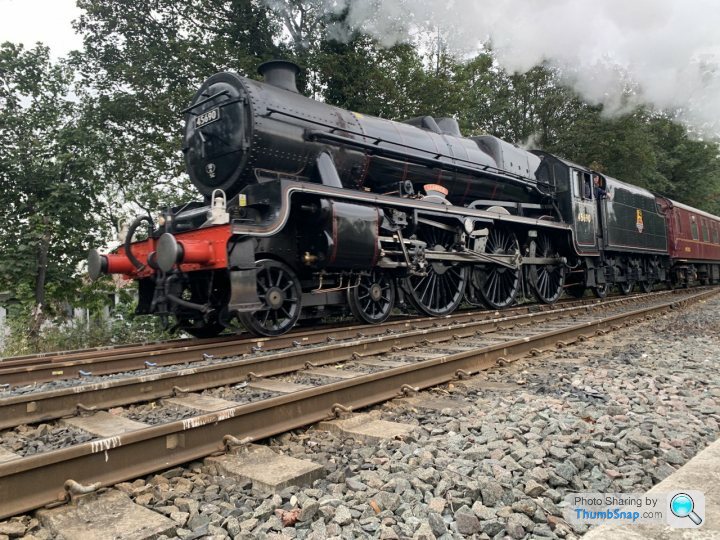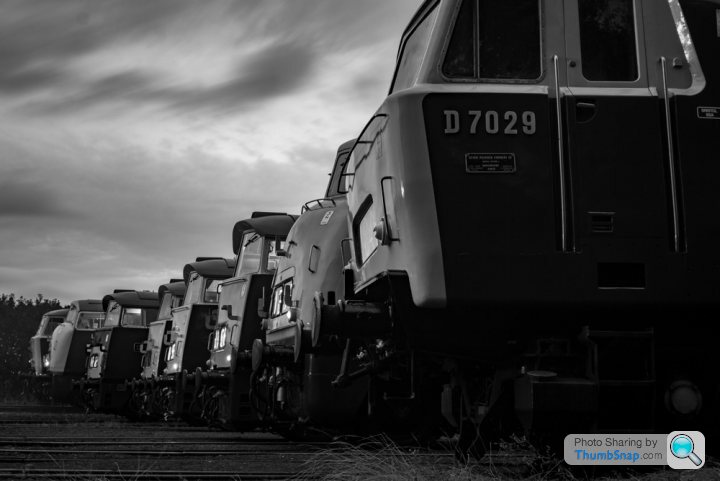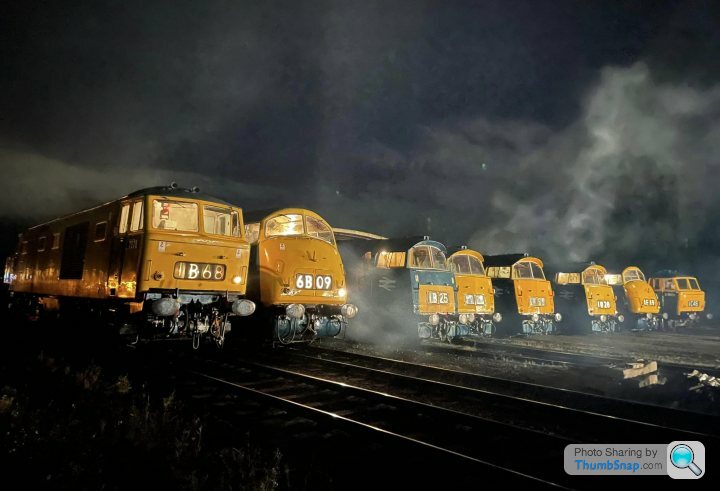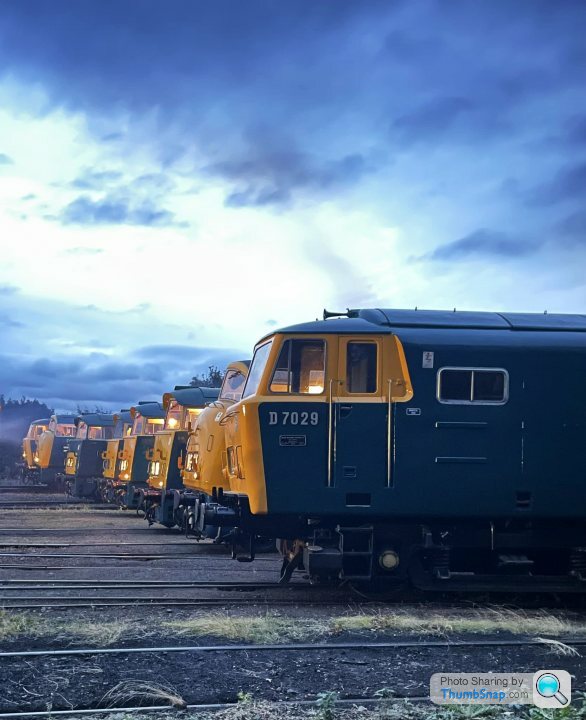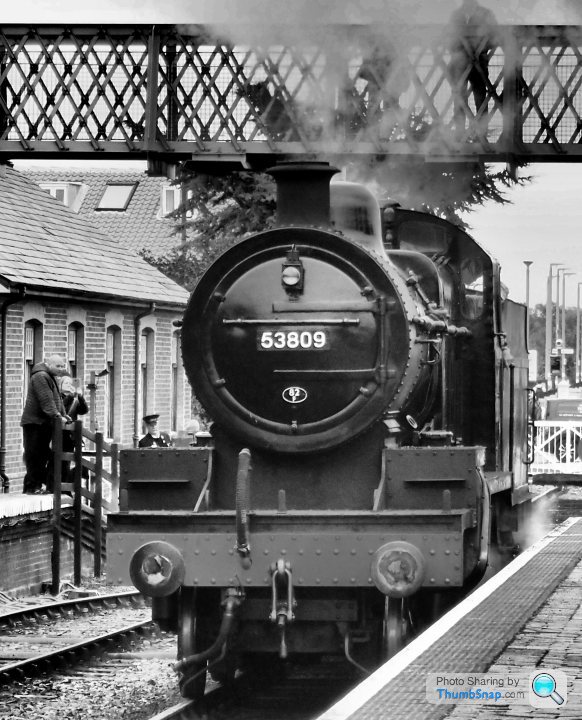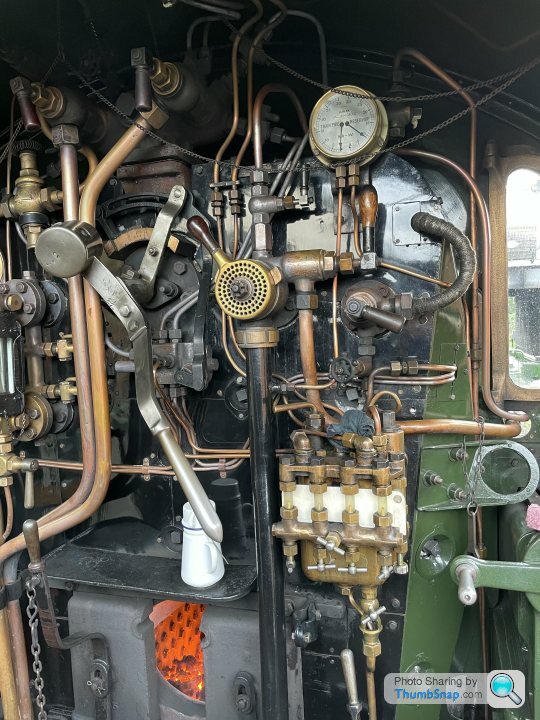Incredibly cool photos of trains
Discussion
Not exactly fantastic but possibly of interest to P5Bnij, taken in the 1960’s , Warrington Bank Quay station possibly, the rest taken in surrounding areas. The quality of the photo's are not fantastic as they are digitised vesions of 35 MM slides.
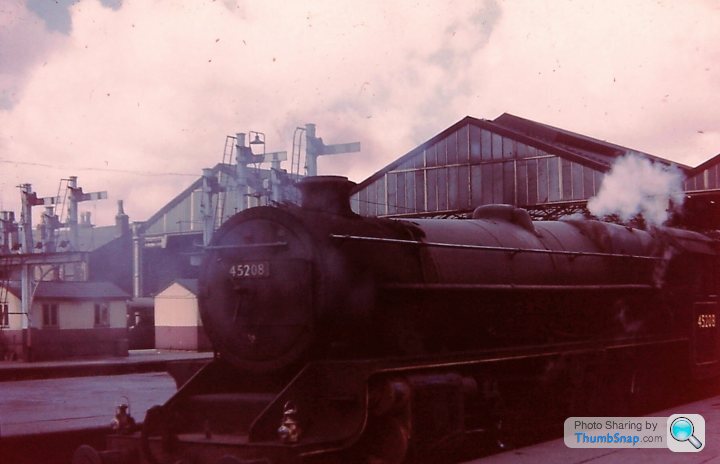
url]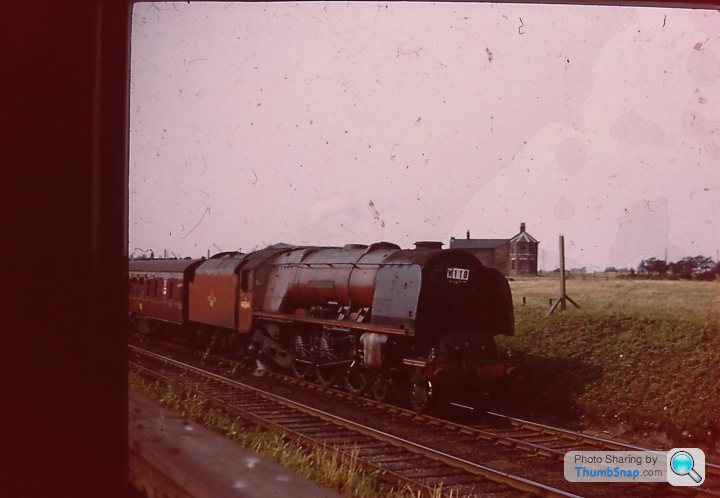 |https://thumbsnap.com/DsDLXvR4[/url]
|https://thumbsnap.com/DsDLXvR4[/url]
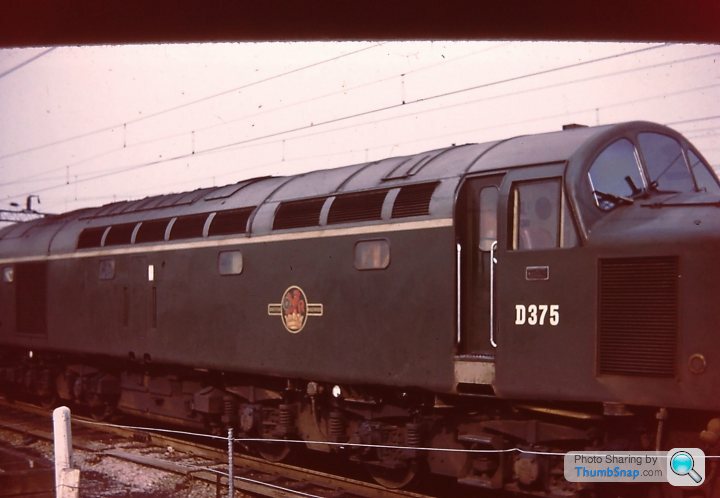 [url]
[url]
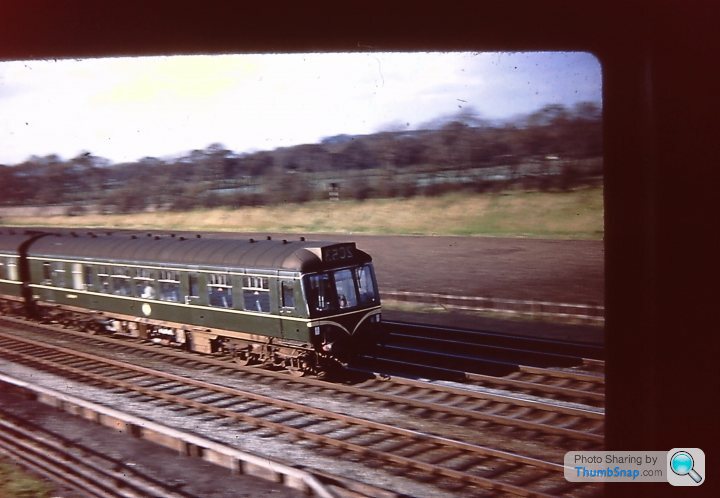 |https://thumbsnap.com/fc2kGo4f[/url]
|https://thumbsnap.com/fc2kGo4f[/url]

url]
 |https://thumbsnap.com/DsDLXvR4[/url]
|https://thumbsnap.com/DsDLXvR4[/url] [url]
[url] |https://thumbsnap.com/fc2kGo4f[/url]
|https://thumbsnap.com/fc2kGo4f[/url]lancslad58 said:
Not exactly fantastic but possibly of interest to P5Bnij, taken in the 1960’s , Warrington Bank Quay station possibly, the rest taken in surrounding areas. The quality of the photo's are not fantastic as they are digitised vesions of 35 MM slides.

url] |https://thumbsnap.com/DsDLXvR4[/url]
|https://thumbsnap.com/DsDLXvR4[/url]
 [url]
[url]
 |https://thumbsnap.com/fc2kGo4f[/url]
|https://thumbsnap.com/fc2kGo4f[/url]
Still nice to see, for the period colours alone, thanks for posting those. I did some Class 66 training at Bank Quay many years ago.
url]
 |https://thumbsnap.com/DsDLXvR4[/url]
|https://thumbsnap.com/DsDLXvR4[/url] [url]
[url] |https://thumbsnap.com/fc2kGo4f[/url]
|https://thumbsnap.com/fc2kGo4f[/url]RichB said:
Mercdriver said:
RichB said:
ndeed, and the only railway (of the Big Four) to position the driver on the right.
Never realised that before, any reason for it? Or was it Isambard wanting to be different?P5BNij said:
A large number of signals on the GW system are / were positioned on the right of running lines for sighting purposes, hence the RHD on the locos.
But that's a kind of chicken and egg thing. Were they put on the right for the drivers or were the drivers there because of the signals? RichB said:
P5BNij said:
A large number of signals on the GW system are / were positioned on the right of running lines for sighting purposes, hence the RHD on the locos.
But that's a kind of chicken and egg thing. Were they put on the right for the drivers or were the drivers there because of the signals? Catweazle said:
RichB said:
P5BNij said:
A large number of signals on the GW system are / were positioned on the right of running lines for sighting purposes, hence the RHD on the locos.
But that's a kind of chicken and egg thing. Were they put on the right for the drivers or were the drivers there because of the signals? Historically steam locomotives were driven from the right but then it seems to have been figured, sensibly in my view, that the driver was better off being on the left. Only the GWR never got round to thinking that way. Let’s face it, Churchward designed superb engines in the early part of the 20th century and the GW never saw any reason to depart from his principles in any way, even keeping the bad bits.
For instance, I’ve never driven a GW engine on which the brake handle could be reached while looking out of the side of the cab. And the fireman has to shovel off the floor rather than a raised shovelling plate into a firehole that’s also close to the floor; backbreaking stuff.
For instance, I’ve never driven a GW engine on which the brake handle could be reached while looking out of the side of the cab. And the fireman has to shovel off the floor rather than a raised shovelling plate into a firehole that’s also close to the floor; backbreaking stuff.
Maxym said:
Historically steam locomotives were driven from the right but then it seems to have been figured, sensibly in my view, that the driver was better off being on the left. <clip>
Maxym, I've only driven a few locos and all GWR; Clun Castle at Tyseley, a 2-8-0 3850 on the West Somerset Railway and a Pannier. It sounds as though you drive various locos and frequently so what makes you say it was sensible to move the driver to the left? RichB said:
Maxym, I've only driven a few locos and all GWR; Clun Castle at Tyseley, a 2-8-0 3850 on the West Somerset Railway and a Pannier. It sounds as though you drive various locos and frequently so what makes you say it was sensible to move the driver to the left?
I've never driven a steam locomotive – something I badly need to rectify. But I imagine it makes sighting on arrival at platforms, communicating with guard etc easier. Also puts the regulator in your right hand. And means you don't bump heads with the driver coming the other way when leaning out of the cab like Casey Jones.Maxym said:
Historically steam locomotives were driven from the right but then it seems to have been figured, sensibly in my view, that the driver was better off being on the left. Only the GWR never got round to thinking that way. Let’s face it, Churchward designed superb engines in the early part of the 20th century and the GW never saw any reason to depart from his principles in any way, even keeping the bad bits.
For instance, I’ve never driven a GW engine on which the brake handle could be reached while looking out of the side of the cab. And the fireman has to shovel off the floor rather than a raised shovelling plate into a firehole that’s also close to the floor; backbreaking stuff.
RHD was verging on predominant in the pre-Grouping period - as well the as the GWR the Midland, the GNR, the GER and the NER (plus others, I'm sure) all had RHD engines, and there were others (like the LSWR) which had more recently made the switch from RHD to LHD so there were both types in service in large numbers.For instance, I’ve never driven a GW engine on which the brake handle could be reached while looking out of the side of the cab. And the fireman has to shovel off the floor rather than a raised shovelling plate into a firehole that’s also close to the floor; backbreaking stuff.
The impetus seems to be (and this is merely a hunch/observation of mine) the switch to 'Large Boiler' and superheated engines. Your traditional Victorian loco with the boiler height coming up to 2/3rds or 3/4s of the cab height, with the spectacle plate sitting above the top/rear of the boiler and a tall, thin chimney at the front, offered decent enough visibility for the driver on the RHD side as trackside signals, signs and other markers could be sighted well before they disappeared behind the boiler/cab. But when you have a longer, taller, 'fatter' boiler built out almost to the maximum loading gauge, plus the possibility of a broad chimney to cope with the new-fangled long-travel valves and a boxy Belpaire firebox, it becomes more important to put the driver on the left hand side, so they could see anything in the cess or on the trackside as it came past.
The 'New Three' of the Big Four seemed to have taken the fact that they were shaking up all their existing practice and setting up new locomotive design groups to standardise on LHD (as well as other things like 21inHg vacuum brakes instead of the pre-Grouping hodgepodge of vacuum and air working at different pressures). So even pre-Grouping locomotive designs that were perpetuated in Grouping often had their control sides switched - there are examples of Midland 4Fs and SDJR 7Fs in both RHD and LHD for the ones built pre- and post-Grouping, for instance. And, even outside the former GWR, a lot of old RHD engines remained in service for a long time into the BR era.
The GWR was unique in being merely an expansion of the original company rather than a new entity. It had full corporate, operational, personal and mechanical continuity with what had gone before and thanks to the vanguard activities of the likes of Churchward, Inglis, Pole, Viscount Churchill etc. it largely had reached a state of perfect adequacy, without any of the shortfalls in performance, reliability, availability etc. that plagued the early years of the LMS and the LNER as disparate fleets and incompatible doctrines were thrown together.
There was no compelling reason for the GWR to switch to LHD. Their drivers were entirely used to it, their signals etc. were all placed and sighted to account for it, their taper boilers made visibility slightly better anyway. It was the same for a lot of the GWR's quirks, which are often blamed on a sort of superiority complex or Brunel-worshipping but mostly existed because there was no good reason (as far as those who dictated such things) to change. So as well as LHD, the GWR was happy to retain its unique brake system. Lots of other companies had single-verandah/ducket-less brake vans but used Grouping as a chance to modernise. The GWR never felt the need.
Apparently the GWR fondness for low-pitched fireholes and non-self-trimming tenders was because a lot of their firemen were former South Wales miners, so they were used to bending almost double while shovelling and picking at coal and squirrelling about in confined spaces to move it around.
There was one class of GWR engine (the Hawksworth 'County', IIRC) which at certain speeds/regulator settings developed a noticeable fore/aft shuttling motion due to the way it was balanced, which was apparently very popular with firemen since it meant the coal walked itself out of the tender, across the cab floor and piled itself up below the firehole. On less-than-perfect track or on a particularly 'knocky' engine it practically hurled itself into the firebox.
Gassing Station | Boats, Planes & Trains | Top of Page | What's New | My Stuff



